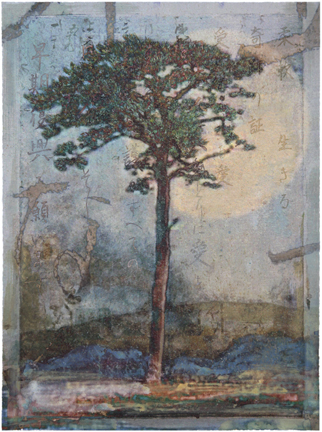Information on Fukushima
Here are the links and sources for some of the statements I made in my last two articles on the Fukushima disaster. You can find the articles on the Progressive Media Project and The Huffington Post.
1. White House Press Release about the bombing of Hiroshima.
2. Speechwriter McGeorge Bundy’s role in the statement of the number of causalities avoided by the atomic bombings, as discussed by Kai Bird and Martin J. Sherwin coauthors of “American Prometheus: The Triumph and Tragedy of J. Robert Oppenheimer.”
3. The American Nuclear Society’s report that American nuclear plants are safe, and that “the off-site health consequences” of the Fukushima meltdown “may ultimately be minimal.”
4. The Associated Press report that three quarters of the U.S. nuclear plants were leaking radioactive tritium.
5. TEPCO plans to “contain” the radioactivity in the nearby bay by cementing it over with 73,000 square meters of cement.
6. Computer models of tangible tsunami trash.
7. My article on the effects of radiation on survivors of Hiroshima published last year after the Fukushima disaster.
8. A map of more than 2050 nuclear tests and accidents since 1945.
9. Japanese government delays release of information on telltale signs that the Fukushima reactors has melted down for months.
10. Japanese government increases acceptable levels for radiation exposure to five times that in the U.S.
11. When radiation in spinach, milk and beef exceed legal limits, the Chief Cabinet Secretary says “Even if people eat these products, there will be no immediate effect.”
12. When high levels of radiation are detected in tea in Shizuoka, the governor declares the tea safe and refuses to have it tested further because it might “confuse” people.
13. The Japanese government loosens the definition of “cold shutdown” in December in order to declare its leaking, vulnerable, still-actively-being cooled reactors “stable.”
14. In Japan, 52 of 54 reactors are currently offline due to safety concerns.
15. The U.S. has generated approximately 71,862 tons of waste and has nowhere to store it; three quarters of it sits in over-capacity water-cooling pools like those in Fukushima.
16. Japan is expected to run completely out of room to store its waste in 10-20 years.
17. Radioactive waste has a much longer lifespan than we do (from 500 to 500,000 years).
18. The U.S. approves the first nuclear power plant since the 1970s, with an 8.3 billion federal loan, despite an objection by NRC Chairman, Gregory Jaczko, who requests that enhancements and improvements based on the lessons of Fukushima be implemented.
19. Water used to cool the fuel has been measured at up to 7.5 million times the legal limit for radiation.
20. The Japanese government deliberately dumps 11,500 tons of radioactive water into the sea in April (calling this act “regrettable and unfortunate” and also mentioning that it was carried out “at the strong urging of the U.S.”).
21. In December , Japanese government warns that its 100,000 ton storage tanks will be full by March.
